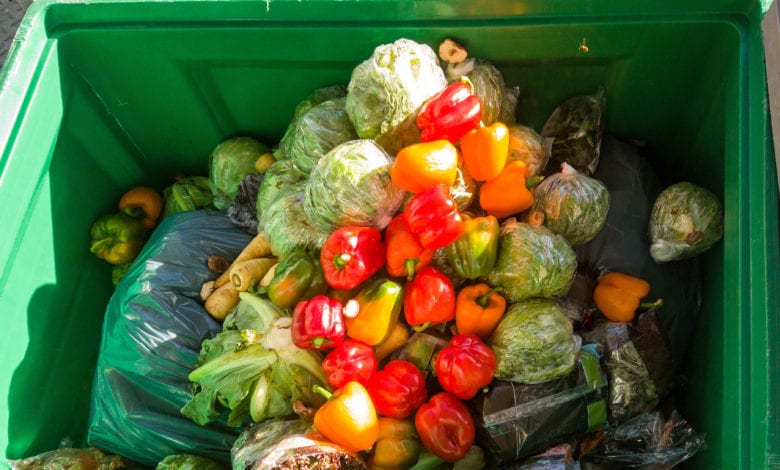Food waste leaves a bad taste: how kitchen technology saves thousands of pounds worth of waste

Tackling the huge amounts of food waste generated by the hospitality industry is the topic on everyone’s lips at the moment. The last 12 months in particular have seen a growing awareness within food businesses of all sizes of the impact the staggering 920,000 tonnes of food that’s thrown away by the hospitality and food service sector every year has on both profit margins and the planet.
According to the resource sustainability charity Waste and Resources Action Programme (WRAP), an astonishing three quarters of this waste could actually have been eaten. WRAP’s research also found that food waste accounts for 41 per cent of the waste from pubs, restaurants, hotels and quick service restaurants, costing outlets on average £10,000 per year.
But despite this, and the fact that research from Champions 12.3 found that restaurants could make a profit of £7 for every £1 they invest in cutting waste, it’s not just the financial cost that’s giving pause for thought. Increasingly, food waste is being viewed as morally wrong given the imbalance of food availability across the globe.
Another driver in the battle to reduce waste is the huge environmental impact in terms of squandered resources in getting food from farm to fork and the greenhouse gasses that waste food decomposing in landfill emits (equivalent to one third of the emissions created by cars). Finally, uncertainty around Brexit and worries about the impact of a no-deal scenario on food imports from the EU is focusing attention on a ‘waste not, want not’ approach amongst both food businesses and consumers.
Against this backdrop, the Department for Environment, Food and Rural Affairs’ food surplus and waste champion, Ben Elliot suggested recently that declaring food waste may become mandatory if the issue is not tackled by businesses themselves. This echoes the intention set out in the Government’s Resources and Waste Strategy launched last year – to which it has recently added £6million of extra funding – namely to introduce annual reporting of food surplus and waste by food businesses and to consult on introducing mandatory targets for food waste prevention if businesses do not make good progress in this area.
It’s a robust – but many would agree – necessary response to an issue food businesses are going to have to get to grips with sooner rather than later. Yet, help may come from an unexpected quarter.
Up-to-date food safety technology systems with highly accurate temperature monitoring have a significant and often overlooked role to play in the battle against food waste.
Using digital tools this battle can start at goods inwards. Commercial kitchens need to be very closely monitoring deliveries and at a macro level putting pressure on their food supplier networks to maintain quality and so reduce potential waste.
That means temperature-probing all supplier deliveries using a calibrated digital thermometer to ensure they are at the correct temperature, with delivery records automatically logged on a database. Stringent adherence to food safety best practice dictates that any non-compliant food or ingredient is returned immediately to the supplier and unfortunately wasted. However, monitoring supplier deliveries in this way allows kitchens to identify repeat offenders and take action against suppliers who regularly deliver out-of-temperature food.
Using the same smart thermometer, which should have snap-on, snap-off needles to avoid cross contamination, food temperatures can be monitored at every stage of the cooking and hot service process. Doing this verifies that target temperatures are being achieved and avoids a situation where food is being thrown away because kitchen staff cannot be certain that it has been cooked and stored safely.
Food spoilage and waste can also be minimised by using devices to constantly monitor the temperatures in a kitchen’s fridges, freezers and chiller cabinets and again feeding this information back to a central database. In addition to round-the-clock monitoring and recording, there should also be a system in place to alert kitchen staff to changes in appliance temperatures. In the event of a fridge or freezer failure this technology can help avoid hundreds and even thousands of pounds worth of food waste.
Using digital temperature monitoring technology, rather than paper-based systems, offers food businesses a number of well-documented benefits – improved food safety, cost savings, staff time and efficiency savings. But with the drive towards greener and more sustainable kitchens gathering pace, the ability these digital tools have to help significantly reduce excessive food waste might be one of the most important benefits of all.
By Ben Gardner of food safety experts Navitas Group
















